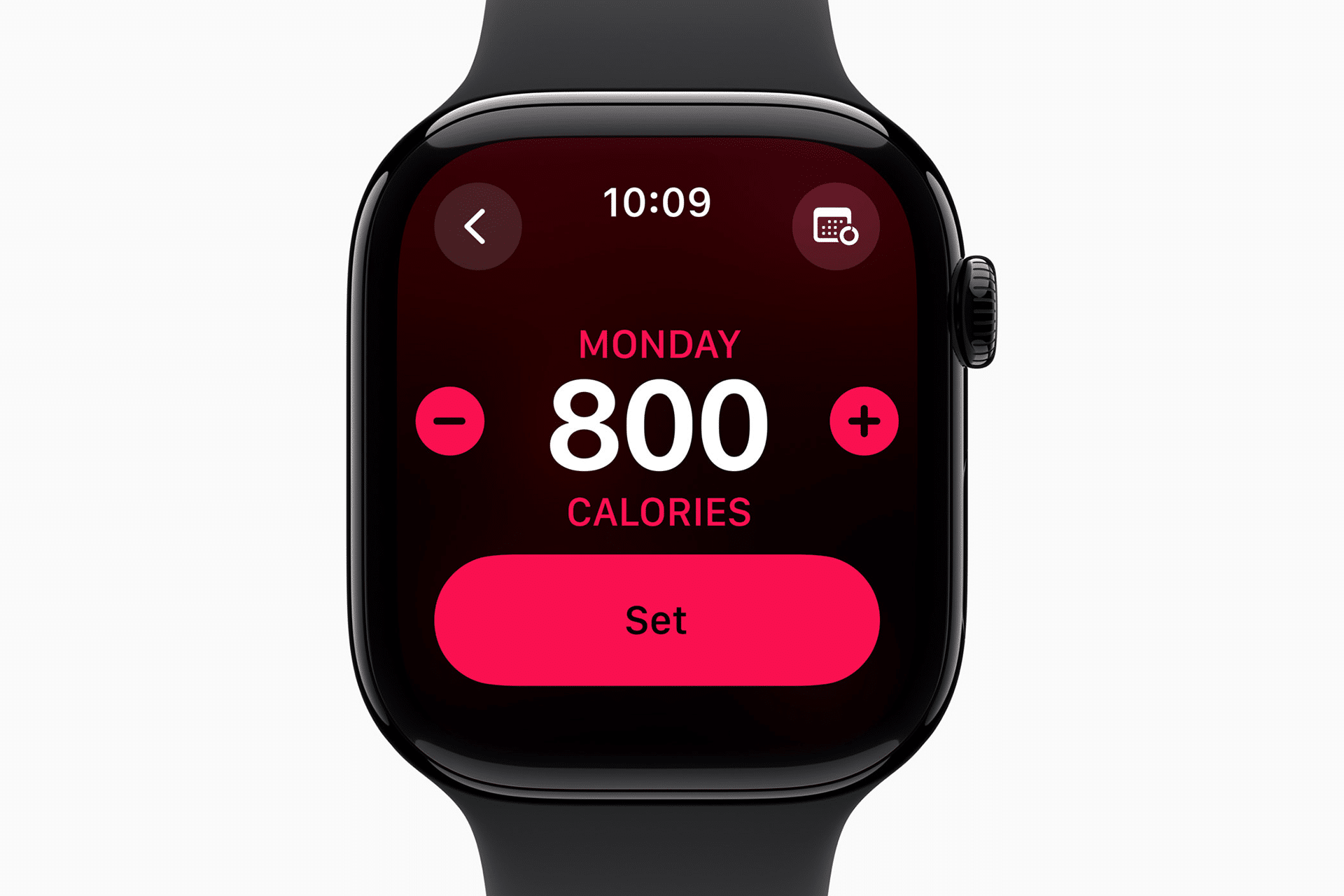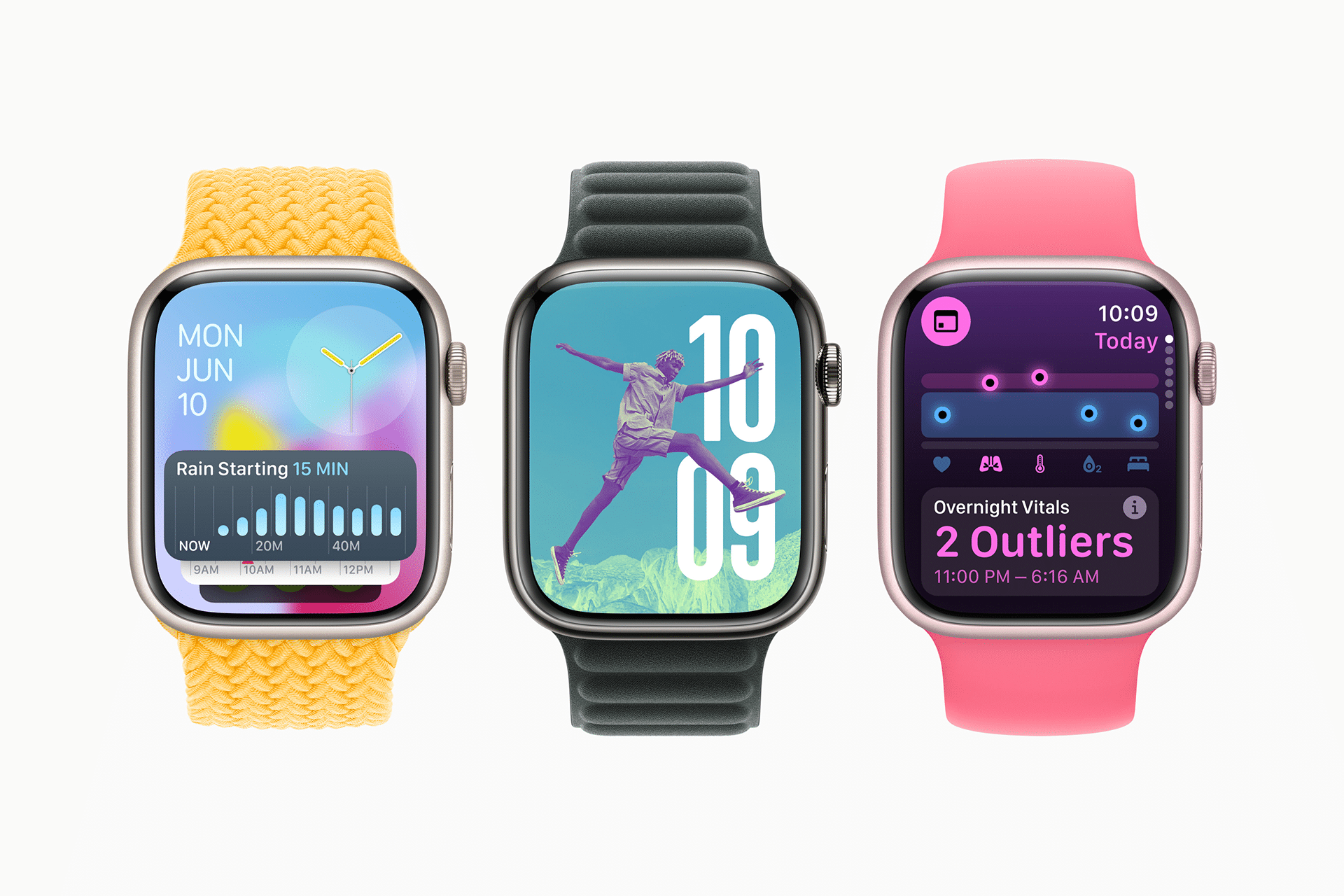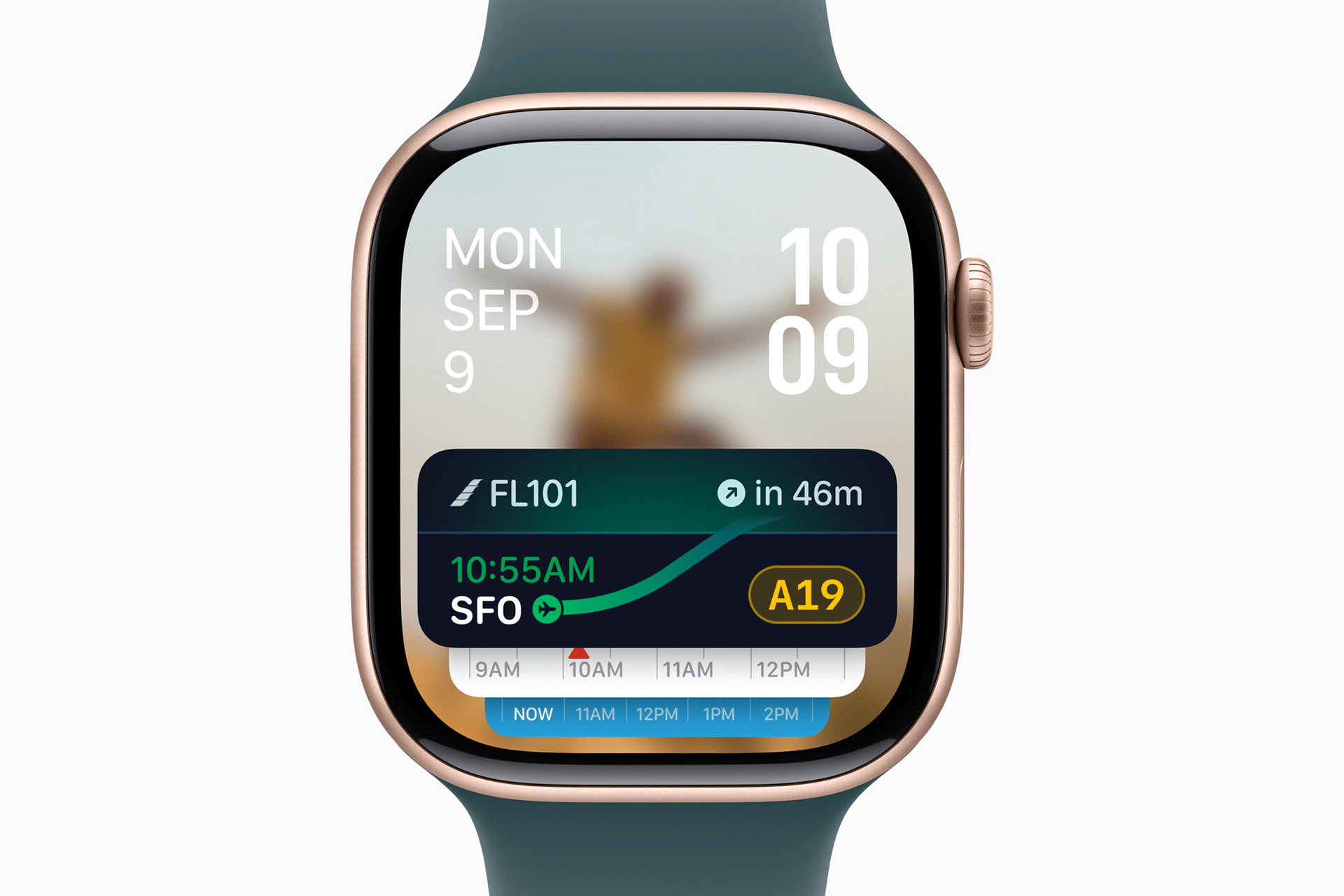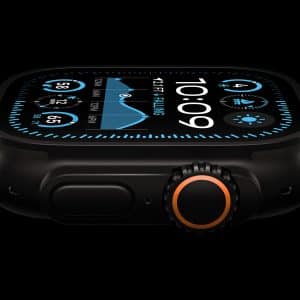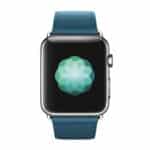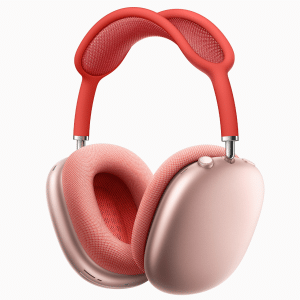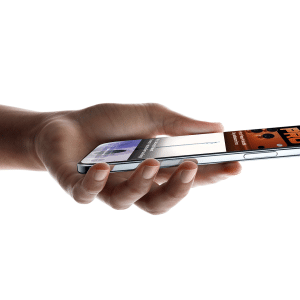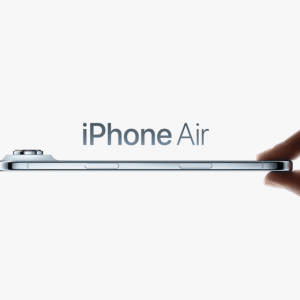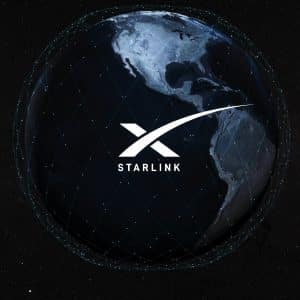Apple Intelligence, the company’s AI framework, has already reshaped iPhones, iPads, and Macs by powering smarter notifications, enhanced Siri capabilities, and tools like Genmoji creation. Extending these to the Apple Watch could elevate its role as a daily companion. Picture asking Siri to summarize a group chat mid-run, pull up a flight detail from an email, or automate a workout playlist with a single voice command. Such features would make the Watch more than a fitness tracker—it’d be a proactive assistant.
But there’s a hurdle: hardware. Current Apple Watches, even the high-end Ultra 2, pack just 1GB of RAM, far below the 8GB Apple says is needed for Apple Intelligence. To make AI feasible, a new chip is likely required. Rumors point to the Apple Watch Ultra 3 debuting with a beefier processor, possibly enabling on-device AI processing to align with Apple’s privacy-first ethos. The Apple Watch Series 11 might also get this upgrade, though some speculate it could trail by a year, leaving older models out of the AI party. Without this hardware leap, watchOS 12’s ambitions could stall.
A visionOS-Inspired Makeover
Beyond AI, watchOS 12 might borrow design elements from visionOS, the sleek interface behind Apple Vision Pro. Imagine a home screen with floating icons, transparent menus, and a glass-like aesthetic—polished yet approachable. Buttons could gain subtle shadows, and app grids might feel more dynamic, making navigation smoother on a tiny display. This redesign would sync the Watch with rumored iOS 19 and macOS 16 overhauls, creating a unified visual language across Apple’s ecosystem.
Such a shift sounds exciting, but it’s not unprecedented—or guaranteed. Last year, similar buzz about an iOS 18 visionOS-style refresh fizzled out, with Apple opting for subtler tweaks. The Apple Watch’s small screen also limits how flashy a redesign can be without sacrificing usability. Still, even modest changes—like sharper icons or a rethought app launcher—could make watchOS 12 feel fresh, especially for users who rely on quick glances to check notifications or control smart home devices.
Why Doubts Persist
The rumors stem from The Verifier, an Israeli outlet with a hit-or-miss record. It nailed some iOS interface predictions but flubbed others, like timing and scale. Apple’s track record adds caution: watchOS updates often prioritize incremental gains—say, new watch faces or fitness metrics—over sweeping reinventions. The Watch’s constrained hardware further complicates things. A chip upgrade is plausible, but rolling it out across multiple models in one cycle feels ambitious, especially with Apple’s focus on cost efficiency.
Then there’s Apple’s broader AI journey. The rollout of Apple Intelligence has been bumpy, with delays in Siri’s overhaul and consumer lawsuits over hyped-up features. Stabilizing iOS 19 and macOS 16 might take precedence over pushing AI to the Watch, particularly if engineering resources are stretched. WWDC 2025 will clarify Apple’s priorities, but don’t be surprised if watchOS 12 leans conservative, refining existing tools rather than chasing moonshots.
What Users Could Gain
If watchOS 12 delivers, it could redefine the Apple Watch’s value. AI-driven features might prioritize urgent notifications during a meeting or suggest workout tweaks based on your heart rate trends. A visionOS-inspired interface could streamline app access, letting you tap into music or messages faster. For fitness buffs, smarter sensors tied to AI could offer deeper insights—like spotting overtraining risks without digging through menus.
Even without a home run, watchOS 12 will likely polish what works. Expect tweaks to health tracking, perhaps better sleep analysis or cycling metrics, given Apple’s fitness focus. New watch faces are a safe bet, offering customization to keep things personal. For users with older Watches, software optimizations could boost performance, extending device life.
The Bigger Picture
The Apple Watch is a linchpin in Apple’s ecosystem, syncing with iPhones and AirPods to keep users locked in. A smarter, prettier watchOS 12 could drive upgrades, especially if paired with compelling hardware like an Ultra 3. But Apple’s cautious streak suggests it won’t rush unpolished features. The company’s knack for underpromising and overdelivering—think the surprise polish of watchOS 10’s widgets—means even a modest update could impress.
For now, Apple Watch owners should keep expectations grounded. watchOS 12 might dazzle with AI and a glossy new look, but it could just as easily stick to safe, practical enhancements. Either way, June’s WWDC will set the record straight.
